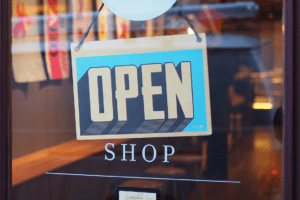The Evolving State of the Retail Sector
May 17, 2019 | Erin Patton | GlobeSt.com

The retail sector has suffered adverse headlines during the current economic expansion, but a closer examination of brick-and-mortar retailing shows the present and future are bright. The pressure from online retailers and store closures are not without merit, though are somewhat overblown as retailers evolve their offerings to thrive in a new environment. Companies are moving away from a transactional model and moving to experience- and necessity-based retailing, which can’t be replicated by online retailers.
Threats to the old retailing model are real, yet most of the pain in the sector is likely in the rearview mirror. Online sales continue to grow as a percentage of total sales, buoyed by rapid delivery reaching a greater share of the population. In large metro areas, where warehouses are established, and large e-commerce companies have logistical networks that enable same-day delivery, further penetration of online sales is expected to slow. As companies like Amazon and brick-and-mortar stores with a large online presence continue to create more efficient delivery networks in smaller markets, the impact of online penetration is also going to be relatively inconsequential relative to the changes that occurred over the past few years.
Big box closures grab headlines and generally serve as the public’s barometer for the health of retailing. However, the closures reported by large, established stores such as Sears are not nearly as consequential in context of the broader retail market. Without a doubt, the introduction of large blocks of dark space to the market is problematic, particularly for malls that rely on these anchors to draw traffic that eventually supports the inline stores. This trend is evident when looking at store closures this year. Payless, Charlotte Russe, Gap and Things Remembered are closing hundreds of stores, largely due to the mall sector that historically relies on anchors. Sears and Macy’s are closing dozens of additional stores this year, offering evidence of future struggles, and transitions, for malls.











